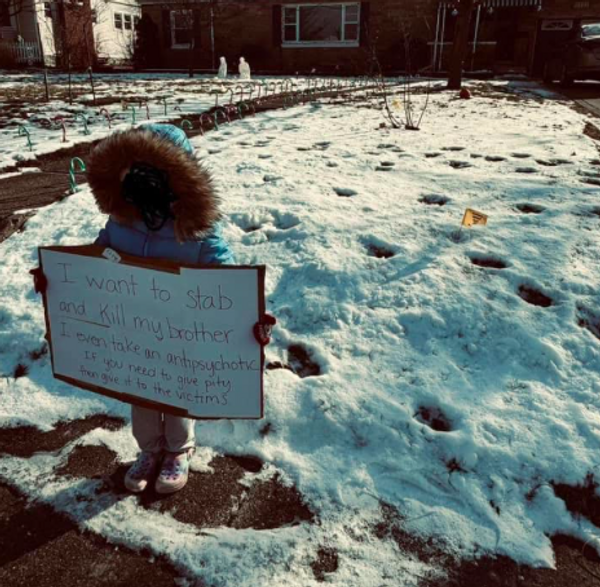
JACUMBA HOT SPRINGS, Calif. - In the San Diego sector, a significant increase in illegal crossings has been observed, making it the busiest corridor for such activities in April. This marks a shift in migration routes, with San Diego taking the lead after Tucson, Arizona, and the Rio Grande Valley in South Texas. The number of migrants arrested at the Mexican border in April was nearly 128,900, showing a 6.3% decrease from March and a significant drop from the record-high of 250,000 in December.
The decline in arrests can be attributed to heightened Mexican enforcement efforts, including preventing migrants from boarding freight trains. Mexico has committed to limiting illegal crossings to 4,000 per day, a stark contrast to the over 10,000 arrests made by the U.S. Border Patrol on some days in December. Despite the overall decrease, the San Diego sector saw a 10.6% increase in arrests in April, surpassing Tucson as the busiest sector.
Migrants view San Diego as a relatively easier and safer crossing point, with Tijuana serving as a major city on the Mexican side of the border. The prevalence of social media has facilitated information sharing among migrants, enabling them to plan their routes and crossings more effectively. The diverse nationalities of migrants arriving in Tijuana, including individuals from countries like Colombia, Cuba, Haiti, and Venezuela, contribute to the region's appeal.
Migration in San Diego presents unique challenges due to the wide range of countries migrants come from, making deportation flights costly and complex. The Border Patrol has been transporting migrants from San Diego to other border cities for processing, a reversal from previous practices. Migrants now experience shorter wait times for processing, with efforts to ensure their health and safety in makeshift camps.
Staging areas have emerged in remote locations near the border, where migrants gather while waiting for processing. The increased presence of Mexican authorities in certain areas has redirected traffic to sparsely populated desert regions, leading to the establishment of new camps. San Diego shelters have struggled to accommodate the influx of released migrants, with over 143,000 individuals being released on the streets since September.
Overall, the evolving migration patterns in San Diego underscore the complex dynamics of illegal crossings and the ongoing efforts to manage and address the situation effectively.







